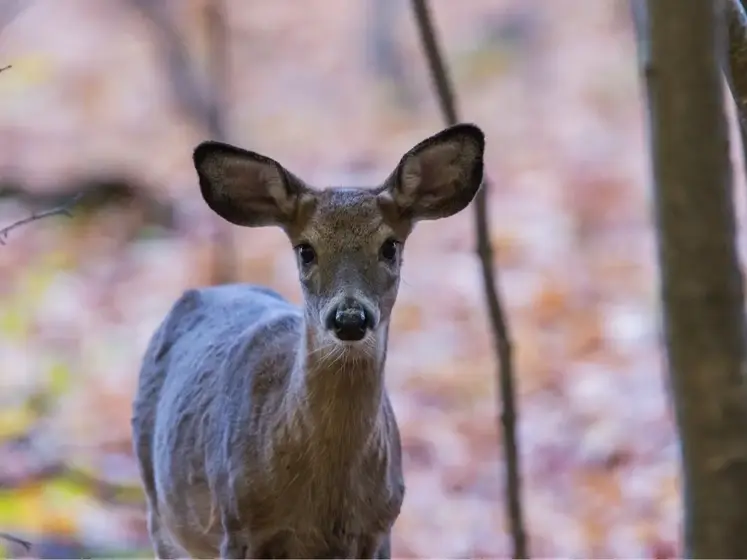T4K3.news
Wildlife lesions prompt official guidance
Reports of deer and squirrel growths surface across several states; experts say there is no threat to people and officials will share verified findings.
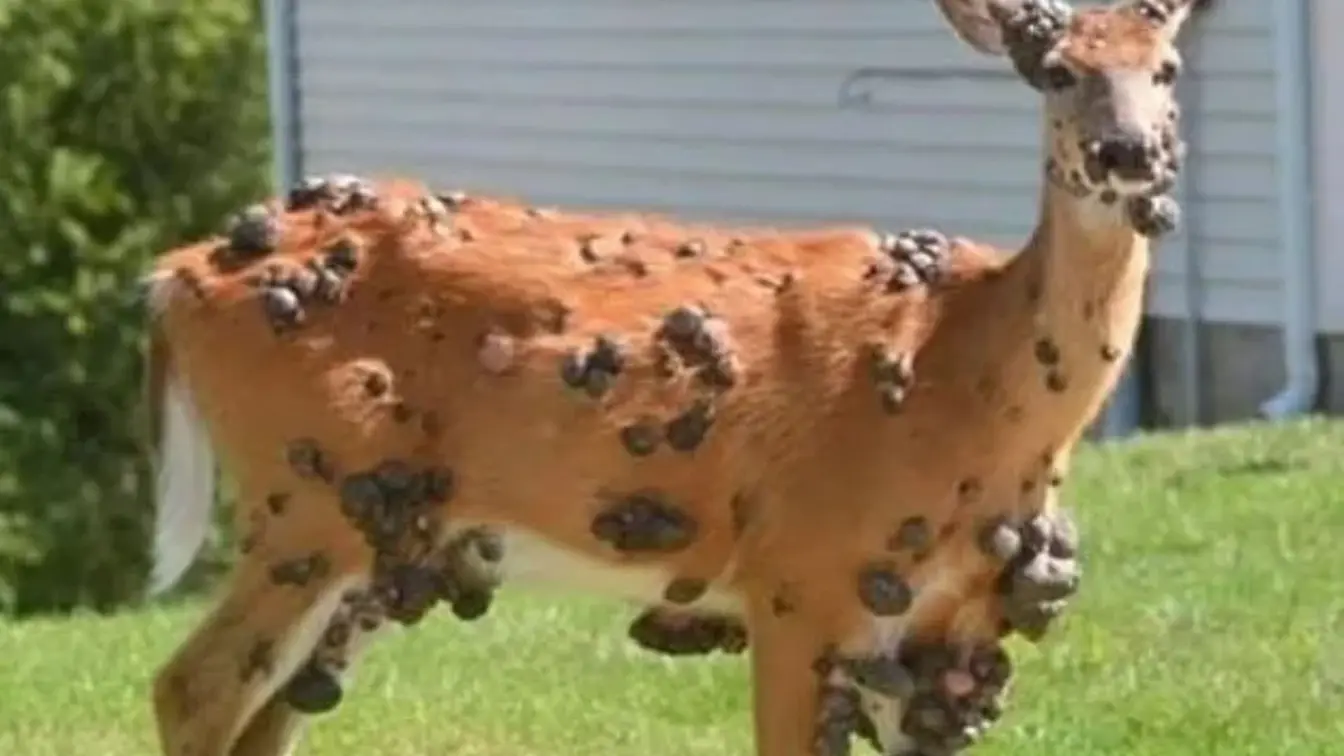
Officials explain a wildlife virus causing skin lesions in deer and squirrels seen across several states.
Mutant deer and zombie squirrels alarm residents with bizarre lesions
Across several states this summer, photos of deer with clusters of warts and squirrels with similar growths have circulated on social media. Officials say the cases involve deer cutaneous fibroma, commonly called deer warts, and a related condition in squirrels known as squirrel fibromatosis. The viruses behind these conditions are species specific and not known to infect humans. Insects such as mosquitoes and ticks help spread the viruses among wildlife, especially in warm months when these pests are active.
Officials from the Washington Department of Fish and Wildlife note that papillomatosis is expected to rise in late summer and fall due to higher biting insect activity. They stress there is no evidence that people can catch the virus from deer or squirrels, and emphasize safe distances and not handling or feeding sick animals. Wildlife health agencies are monitoring outbreaks and will share verified updates as data comes in.
Key Takeaways
"Deer warts are caused by a virus and are species specific"
official guidance clarifying human risk
"People should avoid touching or feeding wild animals"
public safety guidance
"Insect activity in warm months drives the spread"
seasonal pattern highlight
"We need solid science more than sensational posts"
editorial perspective
The spread of striking wildlife images online shows how quickly sensational pictures can shape public perception. This piece highlights the science behind the illness while avoiding alarm, but it also underlines the risk of misinformation when dramatic posts outpace official messaging. As climate patterns shift insect activity, wildlife agencies face greater pressure to communicate clearly and maintain public trust. The episode serves as a reminder that health in the wild matters, even when it does not threaten people directly.
Longer term, the incident spotlights the budget and capacity challenges in wildlife surveillance. If more cases appear, agencies will need resources to test and track disease spread, explain findings to non-experts, and determine any broader ecological impact.
Highlights
- Calm reporting helps people see the science not the scare
- Wildlife health is watched not ignored by experts
- Images go viral your data must keep pace
- Science beats sensationalism when people listen
Public reaction risk over wildlife illness visuals
The online spread of dramatic images can fuel fear and misinformation. Clear, science-based updates are essential to prevent panic while agencies monitor wildlife health.
Officials will continue to monitor wildlife health and share factual findings as they become available.
Enjoyed this? Let your friends know!
Related News

Frankenstein bunnies spotted in Colorado
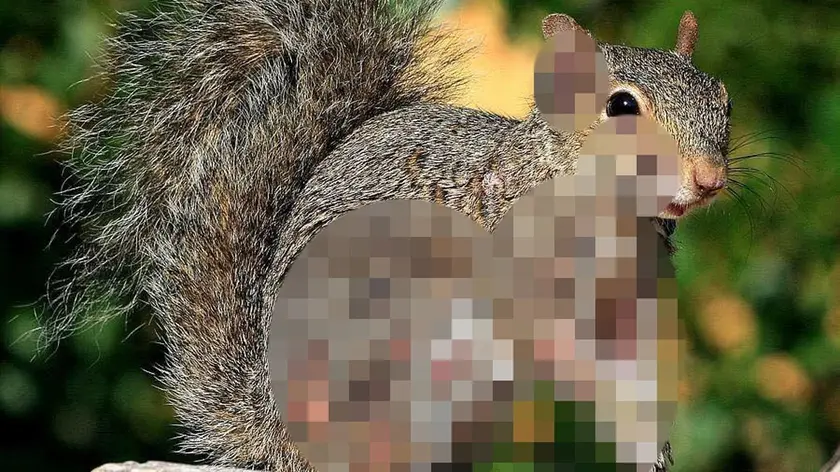
Squirrels with oozing lesions spotted in US backyards

Unusual rabbits in Fort Collins prompt health guidance

Plague case prompts vigilance in Tahoe
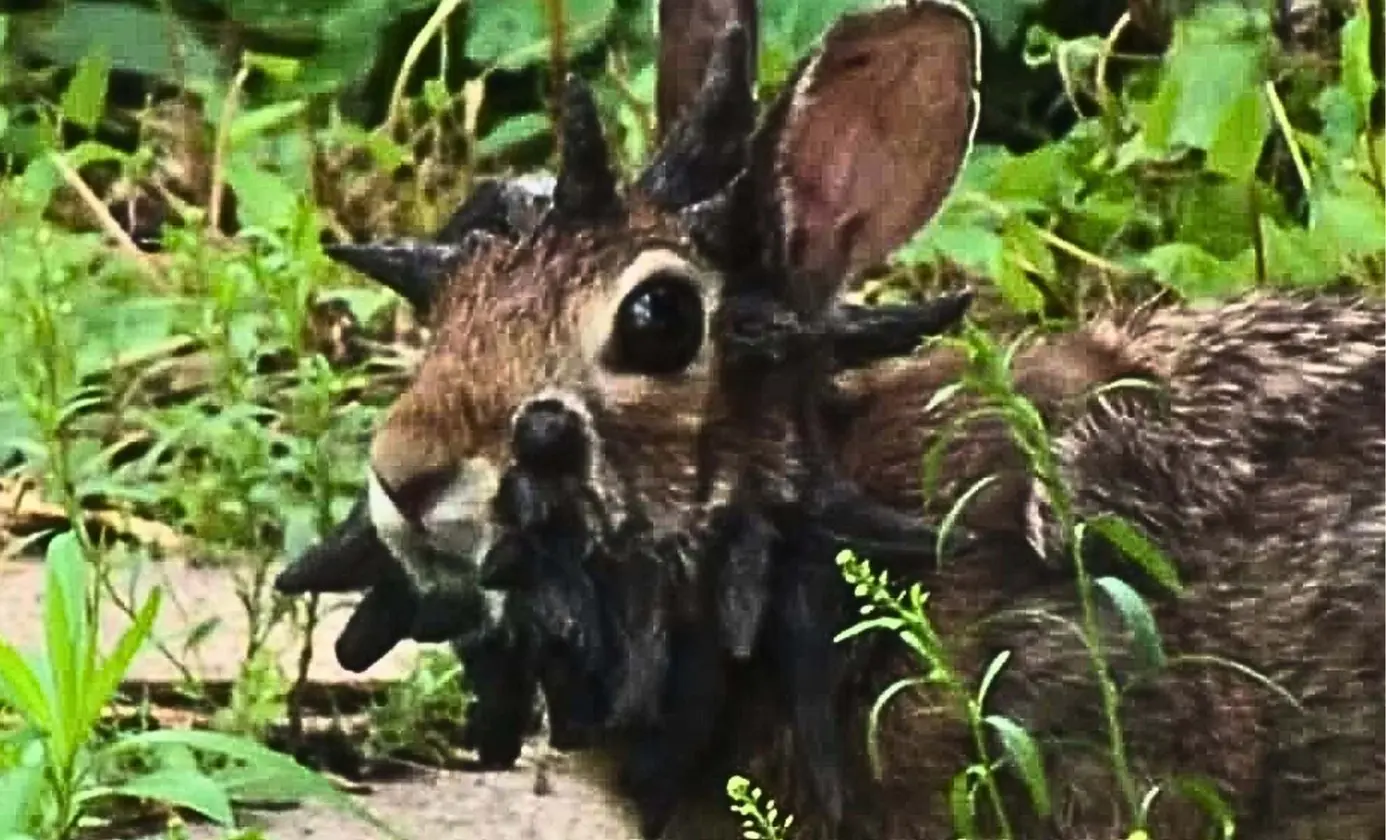
Frankenstein growths spark outbreak fears in Colorado rabbits

Plague case confirmed near Lake Tahoe

Frankenstein rabbits alert
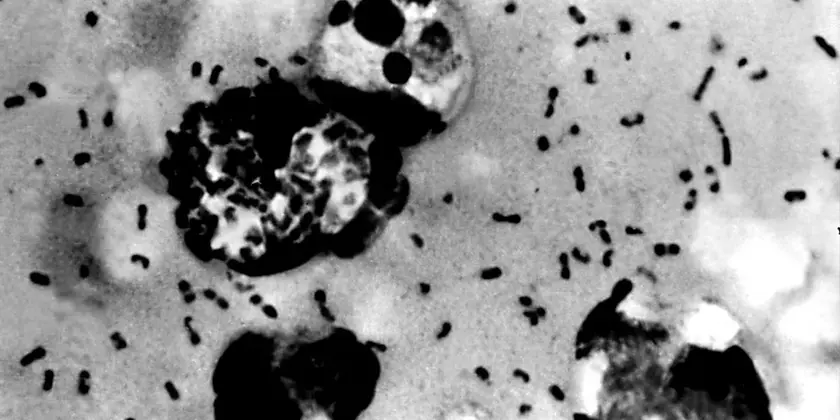
Plague case reported in South Lake Tahoe
